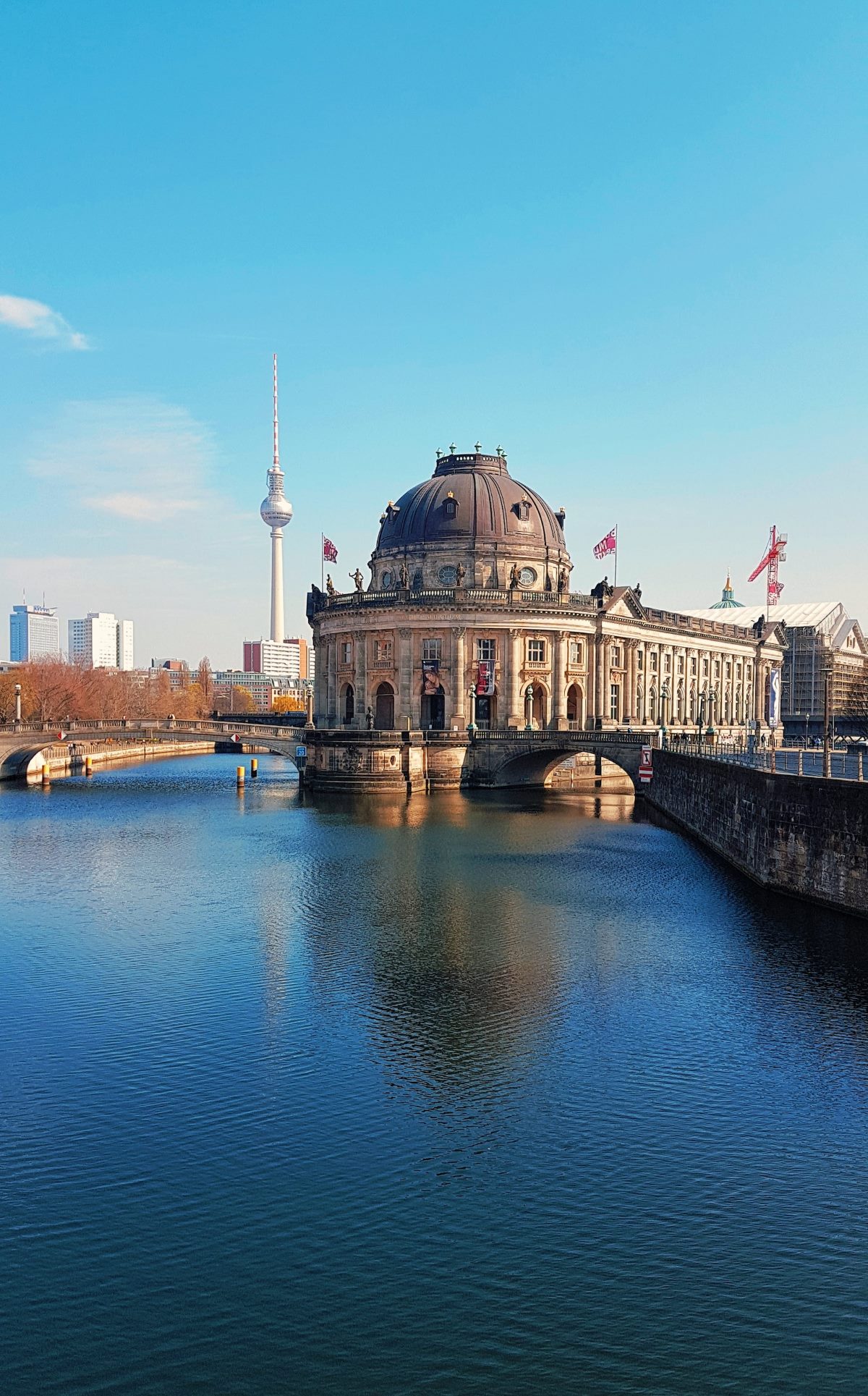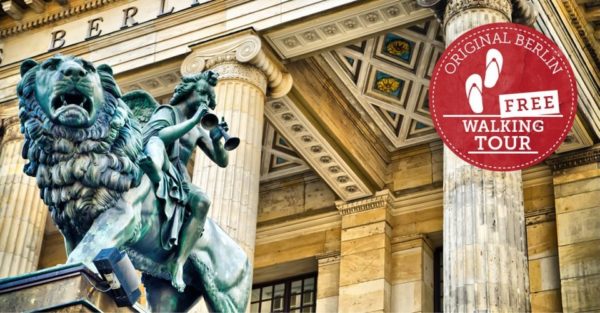The Berlin Wall Memorial and Documentation Centre is a significant historical site located in Berlin, Germany. It commemorates the division of the city during the Cold War and serves as a memorial to the victims and events surrounding the Berlin Wall. In this blog post, we will explore the history, features, and significance of this important landmark.
1. History of the Berlin Wall
The Berlin Wall was erected on August 13, 1961, by the German Democratic Republic (GDR) as a physical barrier to separate West Berlin from East Berlin and the surrounding areas of East Germany. The wall stood for almost 30 years until its fall on November 9, 1989, following a wave of peaceful protests.
1.1 The Construction
The construction of the Berlin Wall was a response to the mass emigration of East Germans to the more prosperous West Berlin. The GDR aimed to stop the brain drain and retain its population, as well as prevent the infiltration of spies and individuals deemed “hostile to socialism.”
1.2 The Fall
The fall of the Berlin Wall was a pivotal moment in history, symbolizing the end of the Cold War and the reunification of East and West Germany. The peaceful revolution that led to its collapse was a testament to the power of people’s determination and desire for freedom.
2. The Berlin Wall Memorial
The Berlin Wall Memorial is not only a space for remembrance but also a place of documentation and education. It allows visitors to gain a deeper understanding of the historical events and human stories associated with the wall.
2.1 Visitor Center and Exhibition
The Visitor Center, located near the former Berlin Wall’s death strip, serves as an excellent starting point for exploring the memorial site. Inside, you will find a comprehensive exhibition showcasing photographs, videos, and personal accounts of individuals affected by the wall.
2.2 Documentation and Research Center
The Documentation and Research Center houses an extensive collection of historical documents, films, and interviews. It provides researchers and visitors with valuable insights into the history, politics, and social impact of the division.
3. Memorial Landscape
The memorial landscape serves as a reminder of the physical presence and impact of the Berlin Wall. It includes preserved segments of the wall, the reconstructed death strip, watchtowers, and a memorial to those who lost their lives attempting to cross the border.
3.1 Memorial Chapel of Reconciliation
The Memorial Chapel of Reconciliation stands on the former death strip, representing a place of solace and remembrance for those affected by the wall’s tragic history.
3.2 Window of Remembrance
The Window of Remembrance is a striking feature of the memorial landscape, encompassing a dark room with illuminated panels bearing the names and biographical information of individuals who lost their lives at the Berlin Wall.
4. Educational Programs and Guided Tours
The Berlin Wall Memorial and Documentation Centre offer educational programs and guided tours that cater to all age groups and interests. These programs aim to create awareness, foster dialogue, and facilitate a deeper understanding of the historical significance of the wall and its impact on German society.
5. Plan Your Visit
If you’re planning to visit the Berlin Wall Memorial and Documentation Centre, here are a couple of helpful tips:
- Check the official website for opening hours and any temporary closures due to renovations or events.
- Wear comfortable shoes, as the memorial site covers a significant area with various outdoor exhibits.
- Consider joining a guided tour to make the most of your visit and gain valuable insights from knowledgeable guides.
Conclusion
The Berlin Wall Memorial and Documentation Centre stands as a powerful reminder of the division, struggles, and ultimate unification of Berlin. It serves as a space for remembrance, education, and reflection, providing visitors with a better understanding of the historical significance of the wall. By exploring the memorial landscape, exhibitions, and participating in educational programs, visitors can gain valuable insights into this pivotal period of history and pay tribute to those affected by the wall’s tragic consequences.

